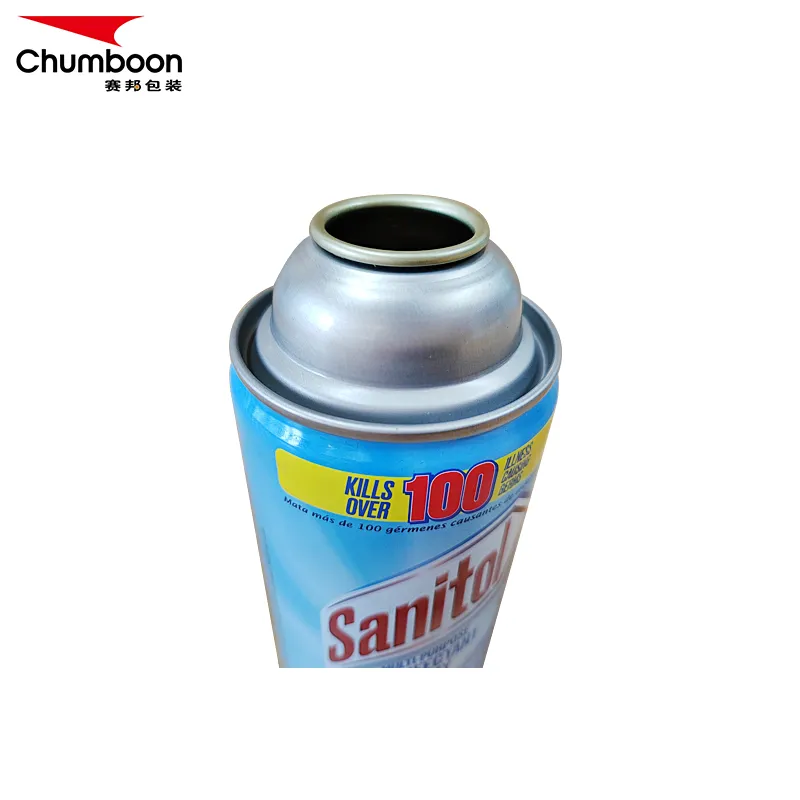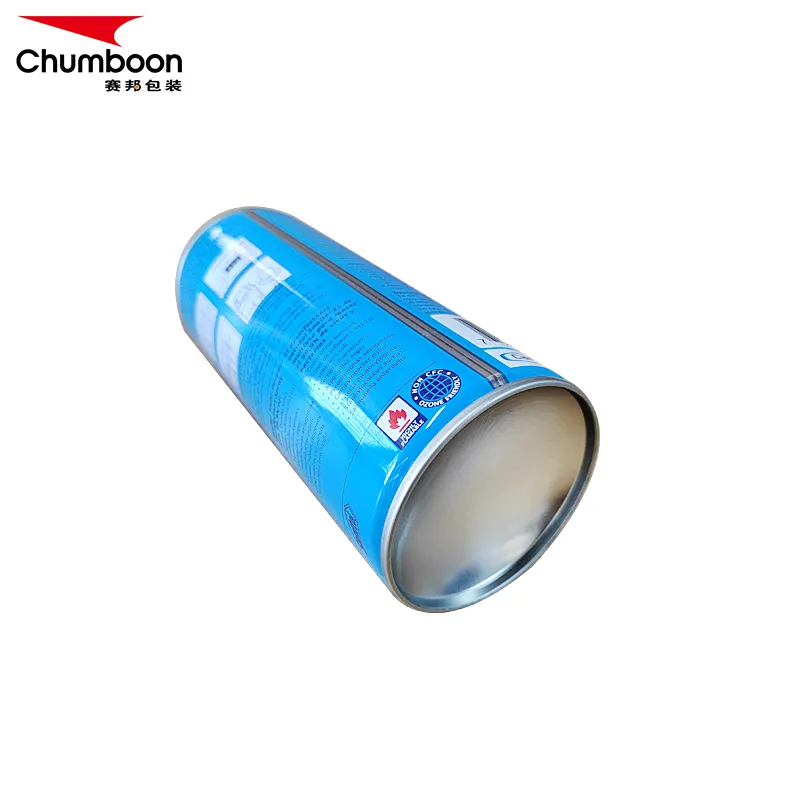With the development of tourism, more and more people choose to travel to high altitude areas. As a convenient daily necessity, whether aerosol tin cans can be used safely in high altitude areas has become the focus of consumers. This article will explore the feasibility of using aerosol tin cans in high altitude areas, analyze its performance changes and safety issues in high altitude environments, and provide scientific guidance for consumers.
1. The basic principle of aerosol tin cans
Aerosol tin cans is a packaging container that sprays liquid or gas through internal pressure and is widely used in daily chemicals, medicine, food and other fields. Its basic structure includes a tank, a valve, a nozzle and a propellant. The propellant is usually a compressed gas or a liquefied gas. When the nozzle is pressed, the valve opens, and the internal propellant pressure sprays the liquid or gas through the nozzle.

2. Characteristics of high-altitude environment
High-altitude areas usually refer to areas with an altitude of more than 3,000 meters. The environmental characteristics of these areas include:
● Low pressure:
The atmospheric pressure in high-altitude areas is significantly lower than sea level, which will affect the pressure balance inside aerosol tin cans.
● Low temperature:
The temperature in high-altitude areas is usually low, especially at night and in winter, the temperature can drop below zero.
● High ultraviolet radiation:
The ultraviolet radiation in high-altitude areas is strong, which puts higher requirements on the weather resistance of aerosol tin cans materials.
3. The impact of low pressure on aerosol tin cans
In a low-pressure environment, the internal and external pressure difference of aerosol tin cans increases, which may cause the following problems:
● Changes in injection effect:
In a low-pressure environment, the propellant pressure inside aerosol tin cans increases relative to the external atmospheric pressure, which may increase the injection speed and injection volume, affecting the use effect.
● Can expansion and deformation:
Aerosol tin cans may expand and deform under high pressure difference, especially for poor quality cans, which are at risk of bursting.
4. The impact of low temperature on aerosol tin cans
The impact of low temperature environment on aerosol tin cans is mainly manifested in the following aspects:
● Changes in propellant performance:
Some propellants will solidify or pressure drop at low temperatures, resulting in unstable or impossible injection.
● Increased material brittleness:
Low temperature environment will make some materials brittle, increasing the risk of tank and valve rupture.

5. The impact of high ultraviolet radiation on aerosol tin cans
High ultraviolet radiation will accelerate the aging of aerosol tin cans materials, leading to the following problems:
● Material degradation:
Long-term exposure to high ultraviolet radiation will cause aerosol tin cans materials to age, discolor and become brittle, affecting their sealing and mechanical strength.
● Performance degradation:
The physical and chemical properties of the material will deteriorate, which may shorten the service life of aerosol tin cans.
6. Actual use case analysis
In actual use, some consumers reported that they encountered some problems when using aerosol tin cans in high altitude areas. For example, a travel enthusiast found that the insecticide spray he carried with him was unstable when used in a high-altitude camp when climbing the Qinghai-Tibet Plateau. Sometimes it sprayed too hard and sometimes it sprayed too little, which affected the user experience. In addition, some consumers reported that the aerosol tin cans had slight deformation in high-altitude areas.
7. Manufacturer's improvement measures
In order to adapt to the use needs of high-altitude areas, manufacturers can take the following improvement measures:
● Improve materials and design:
Use more pressure-resistant, low-temperature-resistant and UV-resistant materials, optimize the design of the tank and valve, and improve the overall performance of aerosol tin cans.
● Conduct environmental adaptability tests:
Conduct adaptability tests for high-altitude, low-temperature and high-ultraviolet environments during the product development stage to ensure that the product can be used normally in various environments.
● Provide usage guidance:
Add precautions for use in high-altitude areas to the product packaging and instructions to guide consumers to correctly use and maintain aerosol tin cans.
Conclusion
Whether aerosol tin cans can be used in high-altitude areas depends on the quality of the product, the use environment and the operation method. In high-altitude environments with low air pressure, low temperatures, and high ultraviolet radiation, the performance and safety of aerosol tin cans may be affected to a certain extent.
Manufacturers should continuously improve product design and materials, conduct multi-environment adaptability tests, and provide detailed usage instructions to meet consumers' usage needs in various environments.

